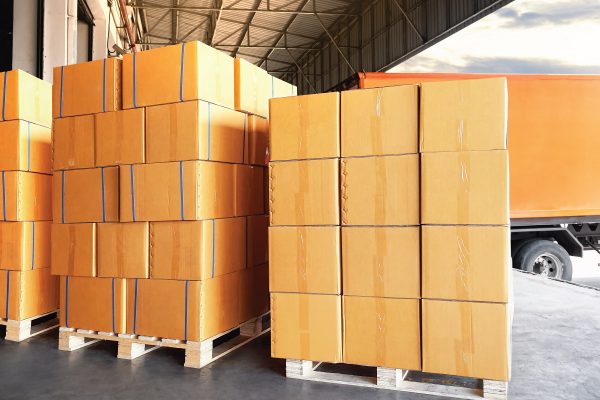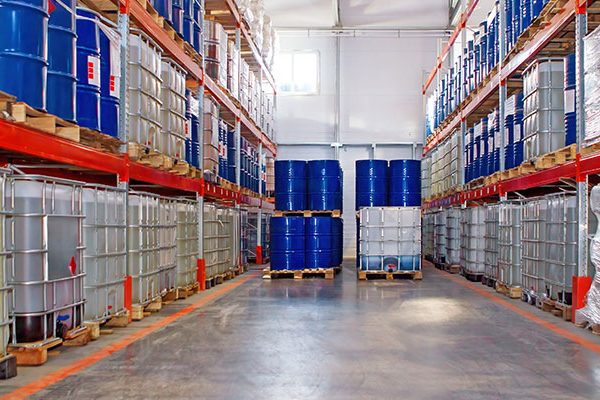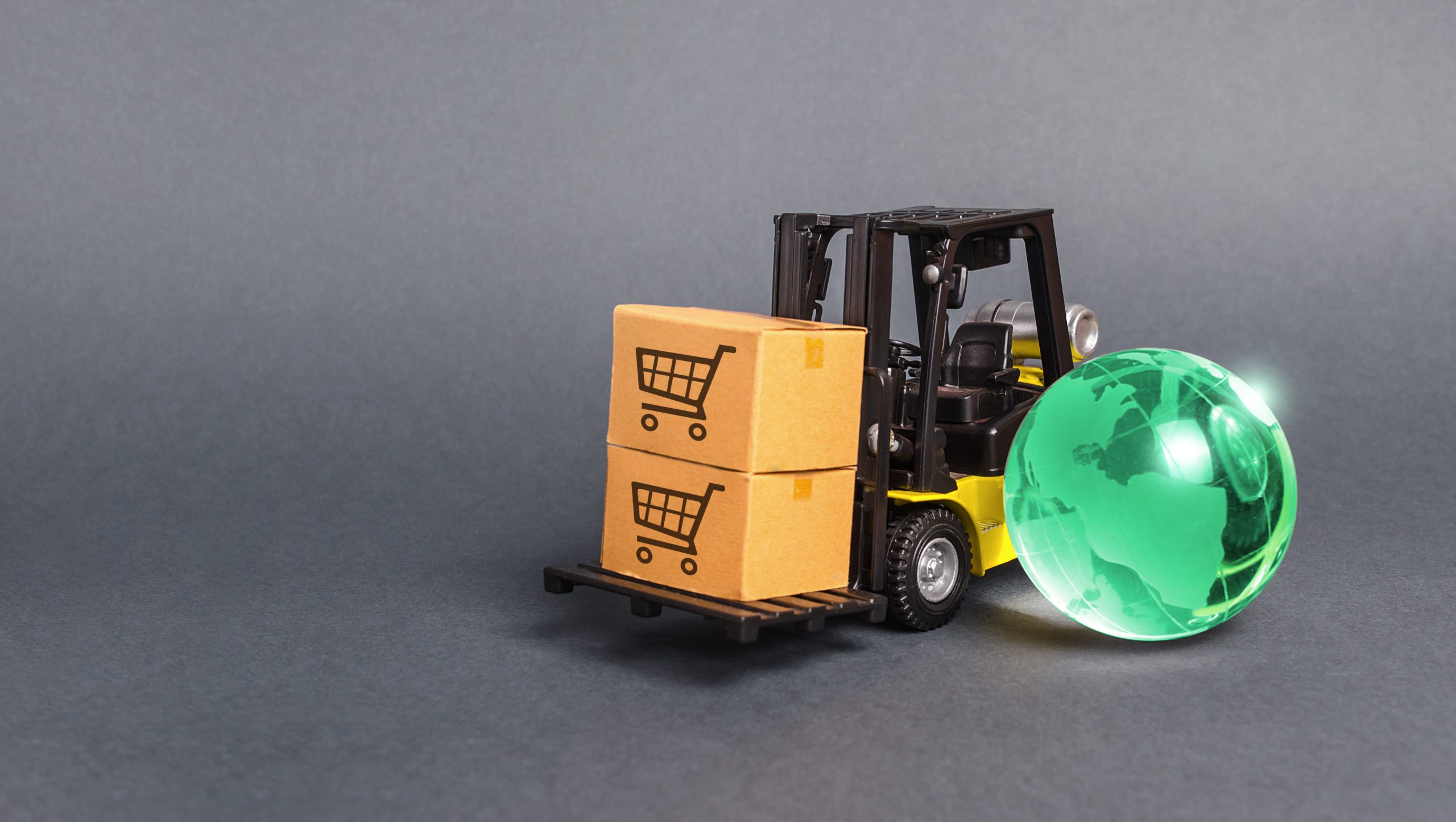As the world looks forward to a cleaner and greener planet, sustainability has brought in the need for use of responsible products in every facet of life, augmenting the green revolution. And green warehouses have been soon to catch up.
Sustainability in warehousing has emerged from concepts to creation. The goal is to help industries reduce their carbon emissions and minimize waste, while maximizing profitability. Every area of the supply chain has room for green improvements, right from manufacturing and purchasing to distribution, warehousing, and transportation.
When it comes to market leaders like Allcargo Group, with a conscious commitment to the environment and focus on establishing world-class Environmental, Social and Governance (ESG) standards, green logistics emerges as a very important factor of consideration.
Challenges of green logistics
Implementation and execution of the greens are always easier said than done. Organizations have to navigate through a number of challenges in order successfully work their ways up towards sustainable, green logistics.
- With an extensive network of shipping routes, lessening environmental impact can be challenging.
- The cost of converting to greens, although a one-time investment can be difficult to bear for small and mid-sized enterprises. However, the initial investment always pays off with time.
What keeps responsible corporate citizens like Allcargo Group ahead is the approach of moving ahead with solutions that can prove to be effective, rather than being held back by the challenges.
Sustainable storage
Automating warehouse solutions and management processes helps increase energy efficiency, thus optimizing the use of resources and significantly reducing wastage.
In addition to implementing these, incorporating pick-to-light technology, bar-coding, RFID, and ASRS (automated storage and retrieval systems) can enable businesses to achieve their goals of sustainable warehousing.
Smart and environment-friendly warehouses
Environment-friendly warehouses use efficient energy management systems (EMSs) for the conservation of energy.
With the combination of timers, thermostats, and gauges for all forms of fuels and power consumption, modern EMSs plan best practices of consumption, control wastage, and manage fuel costs.
Identifying logistics solutions for environmental sustainability
To promote sustainable logistics, green warehouses encompass many viable solutions for environmental sustainability.
- Warehouse management systems (WMS)
- Order-picking technology
- Radio frequency identification (RFID)
- Bar coding
- Reduce warehouse waste
- Diminish heating and cooling needs
- Enable warehouse automation
- Incorporate eco-friendly packaging
They help prevent inefficient use of warehouse space that leads to excess utility, unwarranted labor costs, and lower asset utilization.
Green lighting
Additionally, warehouse design plays an important role. These include encouraging day-lighting technology (skylights, photocell sensors, solar panels, LEDs), recovering heat from cold storage, and recovering heat from the cold storage systems).
Electric forklifts
Even the forklift industry has been caught up with the green initiative with electric forklifts, getting all the limelight.
For every 10,000 hours of use, internal combustion (IC) engine-powered forklifts emit 120,000 more pounds of carbon emissions than electric-powered forklifts, according to EPRI. Electric forklifts stop over a million pounds of pollution from ever entering the atmosphere.
It also reduces the strain on warehouse temperature-control units and the cost of cooling and air conditioning.
Reverse Logistics
Reverse logistics, by definition, is a process by which companies can recycle, refurbish, and reuse, thereby guaranteeing a certain level of green in their supply chain management.
Effective implementation of reverse logistics empowers to cut out inefficient return processes that result in unnecessary transportation. The goal of reverse logistics is to maximize value from assets, it keeps recycling as its focal point which results in producing lesser waste.
Reducing the environmental footprint
Generating power on-site through solar or other energy management systems can reduce heating and lighting demands. An efficient inventory management can ensure going paperless or by using eco-friendly packaging.
Moreover, by using green building materials, companies can also diminish their carbon footprint.
Building eco-friendly warehouses, by adhering to international compliances, lessens the environmental impact and gives impetus to modern warehousing solutions like automated warehouses, lean warehousing, and green warehouses.
Impacting the ROI
Although the overall migration to sustainable warehousing may seem a little too far-fetched, the investment has always witnessed a faster ROI.
With energy-efficiency measures like green lighting to reduce electricity consumption and along with an efficient installation of a WMS, a good ROI is what organizations can expect over a long term.
Further, considering the increasing focus on environment-friendly practices and sustainability by various stakeholders like investors, customers and government regulatory bodies, the shift to green warehousing is likely to benefit businesses and be an investment worth its value.
Conclusion
In the post-pandemic era, the business landscape has been disruptive in many ways, across all sectors. Businesses have been pushed to look inside-out and being a core and essential sector for nation-building, the logistics industry has truly proved its mettle by accelerating itself in terms of digitally-enabled and environmentally sustainable operations.
Though the process may be slow, by walking the talk and leading by example, the logistics and supply chain industry has been adopting environment-friendly policies, making the world a better place to live in, while still contributing to the growth of global trade and economy.















